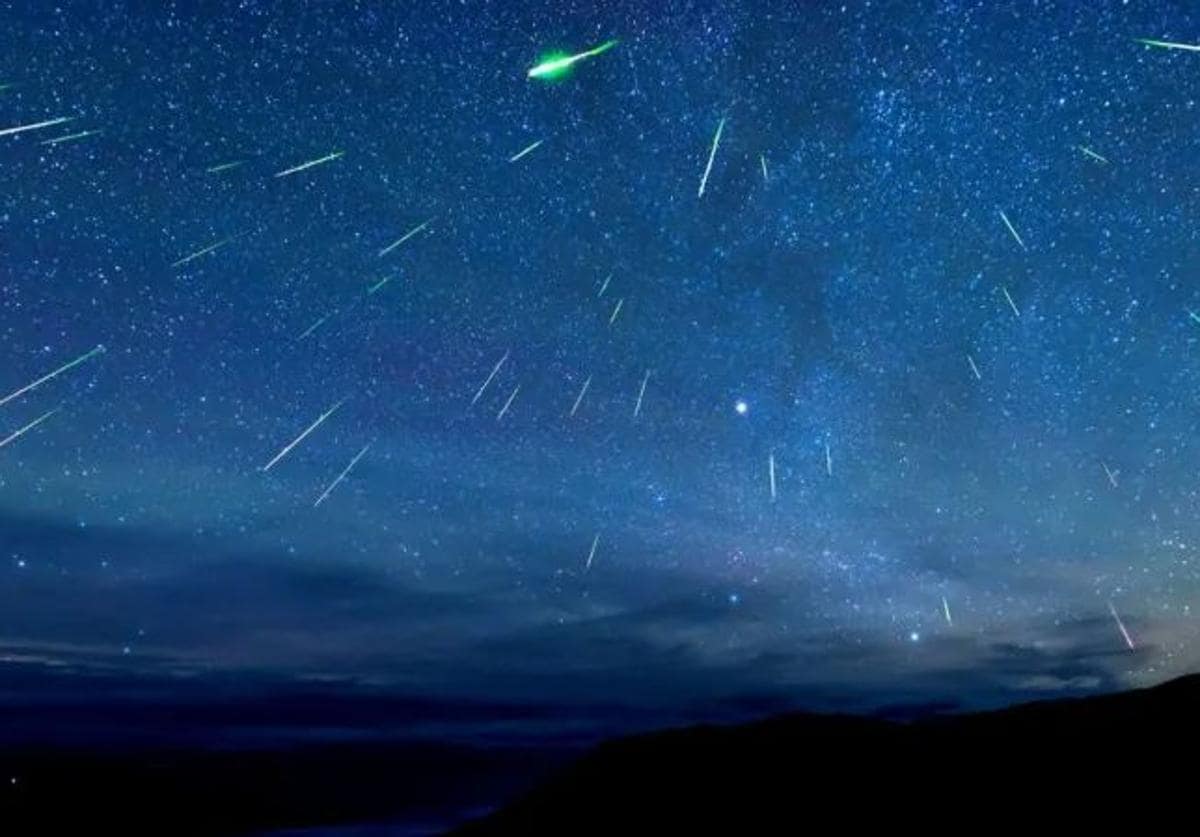Canary Islands, a special enclave for observing the Eta Aquarids meteor shower.

This will be a good year for observing the Eta Aquarids, as the new moon on May 8 will allow the meteor shower to continue with night darkness at its zenith, between May 5 and 6. …
“Eta-aquarids” are associated with comet Halley, as does the Orionid meteor shower, which occurs in October. Eta aquarid meteors have an activity rate of 40 to 85 meteors per hour and a fairly high speed of about 66 kilometers per second, the National Astronomical Observatory (OAN) reports.
For mid-latitude observers, the Eta Aquarid radiant is above the horizon from four hours after midnight until dawn.
Comet Halley’s trail
The Eta Aquarids meteors are fragments of Comet 1/P Halley. Halley’s Comet orbits the Sun every 76 years and was last seen from Earth in 1986. As every year around this time, the Earth passes through a ring filled with fragments broken off from Halley’s Comet.
When one of these fragments (or meteoroids) comes into contact with the Earth’s atmosphere, it burns up due to friction with the air, thereby creating the luminous glow we know as a meteor or shooting star. Halley’s Comet is also the source of another meteor shower, the Orionids. Their maximum occurs around October 21st.
The corresponding meteor shower appears to have a single center of origin—the point from which all shooting stars emerge. This point is called the “radiant” and its location is used to name the meteor shower. Thus, the Eta Aquarids have a radiant at This star is from the constellation Aquarius.